Understanding the fundamentals of horseshoeing is essential for any horse owner or equine enthusiast. It’s not just about the metallic curve nailed to the hooves; it’s an art that requires precision, knowledge, and a deep respect for equine anatomy. Delving into horseshoeing basics lays the groundwork for maintaining your horse’s mobility and overall well-being.
How to Shoe a Horse: A Step-by-Step Guide
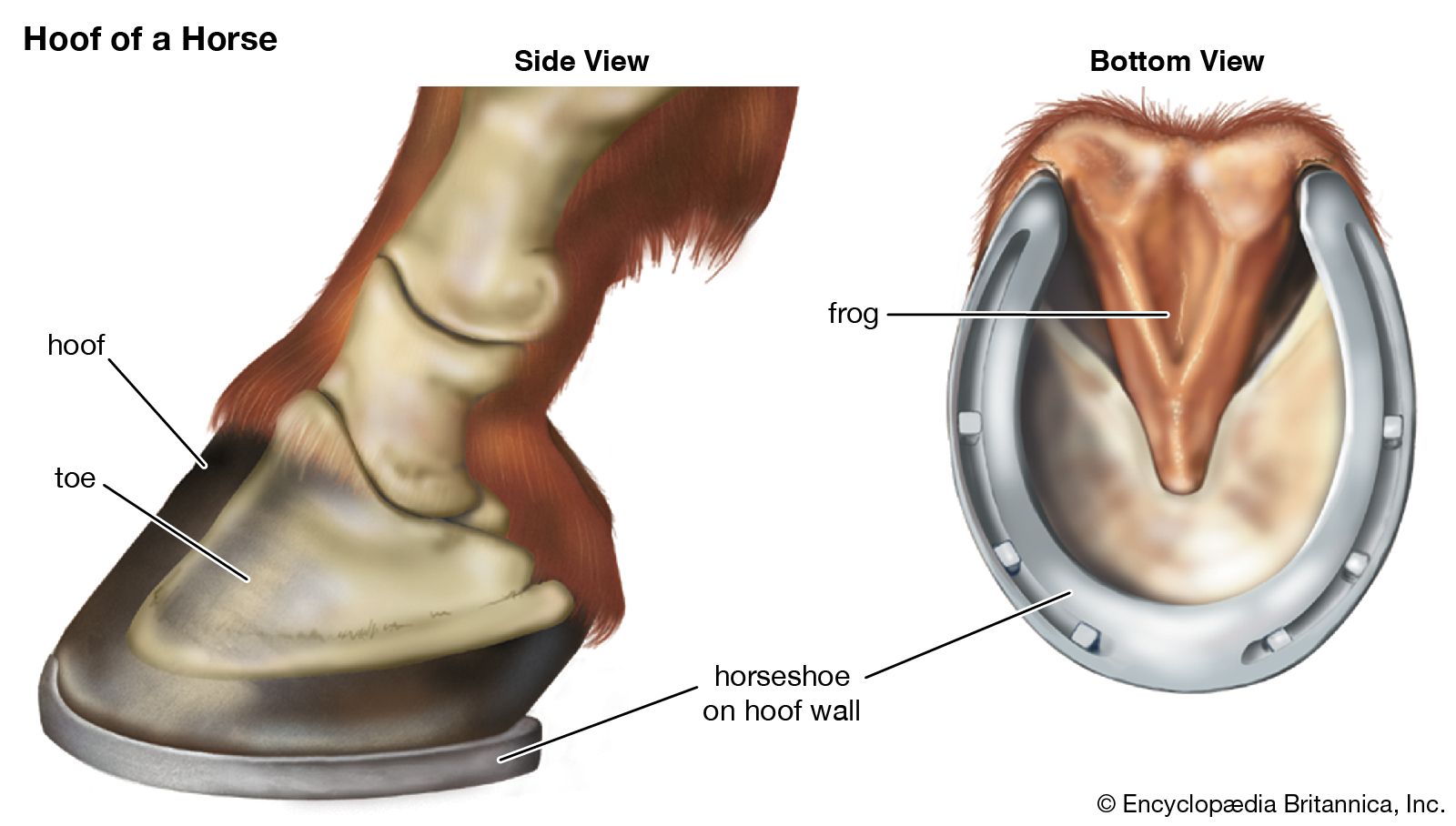
Learning how to shoe a horse is a meticulous process that should be carried out with the utmost care. This guide will walk you through the necessary steps, ensuring that both the horse and the handler remain safe and the result is a properly fitted horseshoe that benefits the horse’s gait and health.
Assessing Equine Hoof Health Before Shoeing
Before you begin the shoeing process, a thorough assessment of equine hoof health is crucial. This involves checking for any abnormalities, signs of disease, or damage. A healthy hoof is integral to a successful horseshoe fitting, as it ensures the horse can walk comfortably and without pain.
Preparing the Horse’s Hoof for Horseshoe Fitting
- Clean the hoof, removing any debris and dirt.
- Trim the hoof wall, as overgrowth can interfere with proper fitting.
- Make sure the frog, bars, and sole are all intact and healthy.
Selecting the Right Horseshoe for Your Horse
Selecting the appropriate horseshoe for your horse is a decision that should consider the animal’s size, activity level, and hoof shape. The right shoe will support the hoof and provide the necessary traction and protection for various surfaces and disciplines.
Proper Horseshoe Placement Techniques
Proper horseshoe placement is a skill that requires precision. The shoe should align with the hoof wall and not impede the natural movement of the hoof. It’s crucial to ensure that the shoe sits flat against the hoof, with nail holes lined up correctly to avoid discomfort or injury to the horse.
Securing the Horseshoe: Horseshoe Installation Guide
- Position the horseshoe against the prepared hoof.
- Nail the horseshoe into place, starting with the toe and working towards the heel.
- Clip or bend the excess nail to secure the shoe and prevent injury.
Horse Hoof Care: Maintaining Hoof Health Post-Shoeing
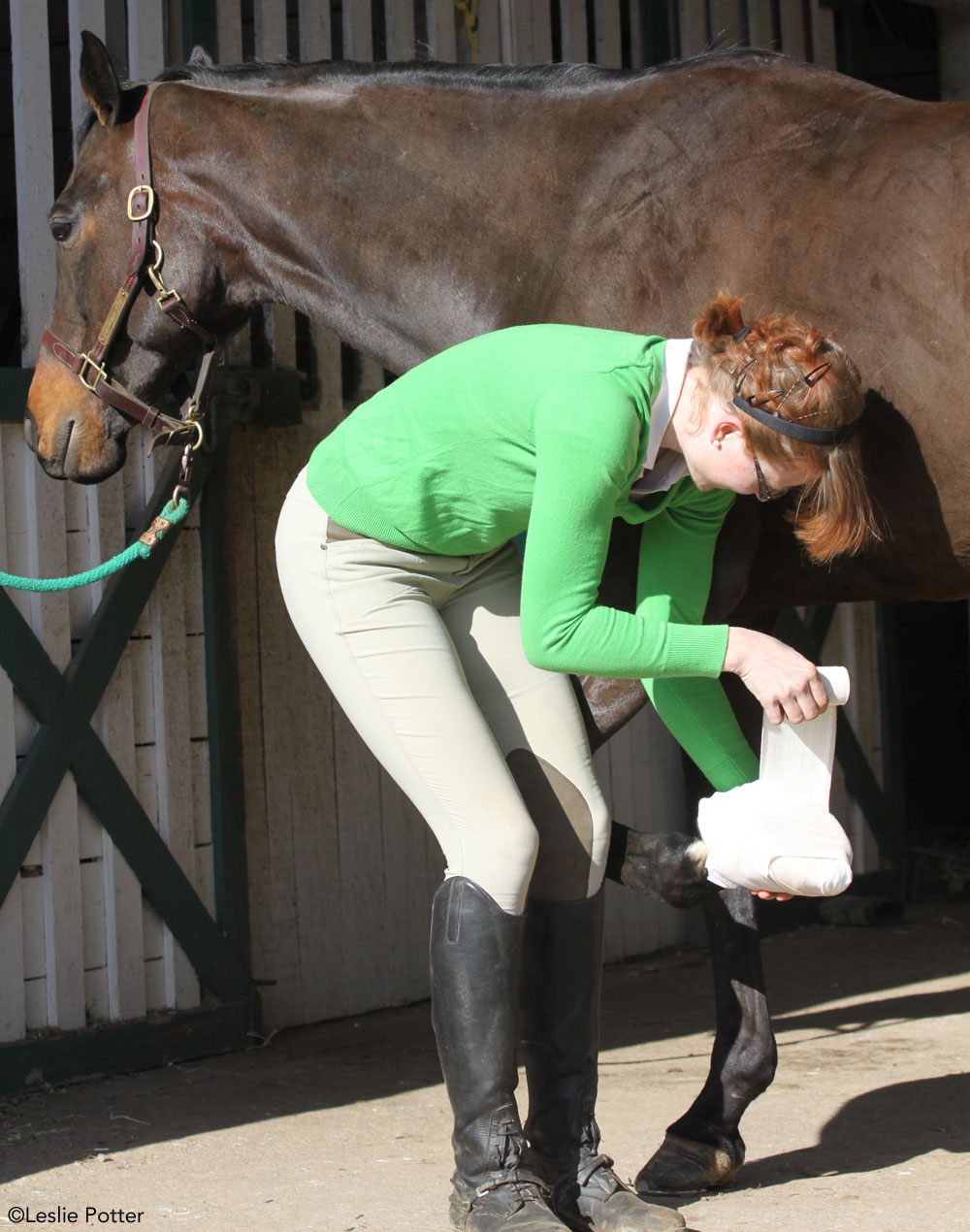
After shoeing, ongoing horse hoof care is necessary to sustain hoof health and prevent issues. Regular cleaning, inspections, and timely shoe replacements are part of a comprehensive hoof care regimen that ensures the longevity of your horse’s mobility and comfort.
DIY Horse Shoeing: Tips and Considerations
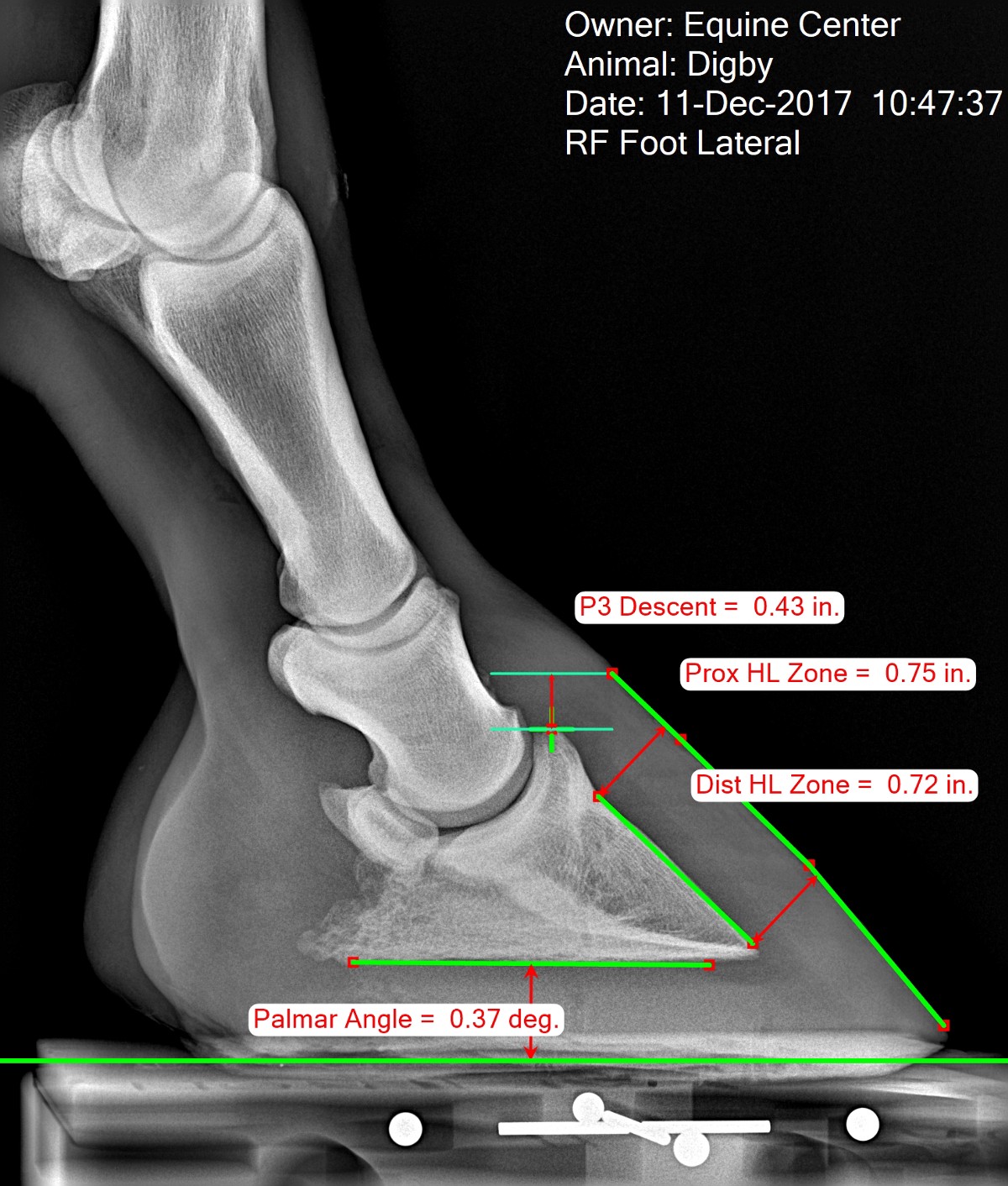
DIY horse shoeing can be an ambitious undertaking, but with the right knowledge and tools, it is within reach for dedicated horse owners. It’s important to approach this task with patience, diligence, and a willingness to learn from each experience.
Understanding the Anatomy of the Horse’s Hoof
Comprehending the anatomy of the horse’s hoof is foundational when attempting DIY horse shoeing. Recognizing the structures such as the hoof wall, sole, frog, and white line will guide you in making informed decisions throughout the shoeing process.
Tools and Equipment for DIY Horse Shoeing
- A hoof stand to support the horse’s hoof during work.
- Farrier’s rasp to file and shape the hoof.
- Hoof nippers to trim the hoof wall.
- Shoeing hammer and nails for securing the horseshoe.
Advanced Farrier Guide: Enhancing Your Horseshoeing Skills
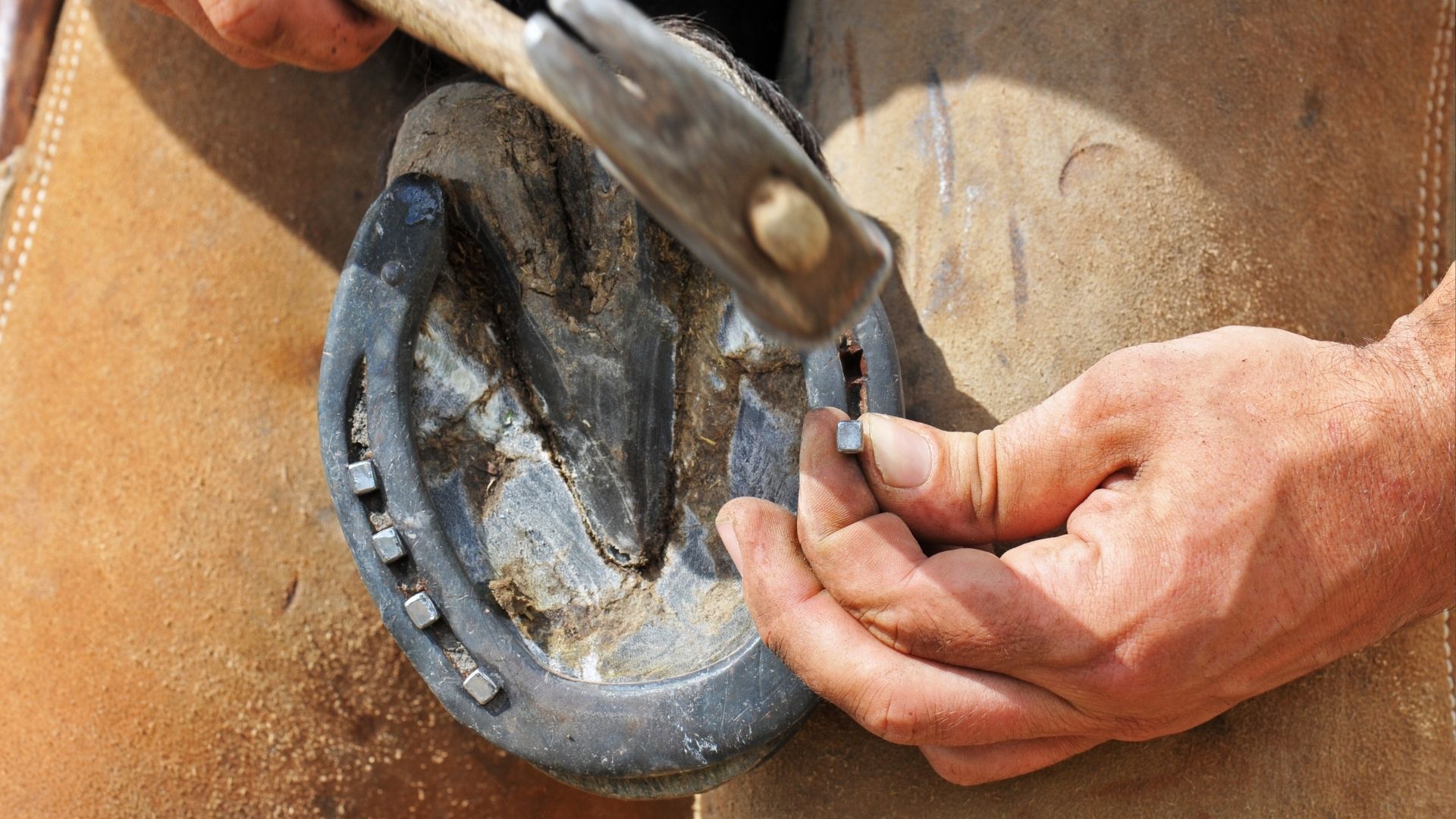
For those looking to sharpen their horseshoeing skills, advanced techniques and knowledge can elevate your farrier practice. From custom shoe shaping to addressing unique hoof issues, advancing your skill set will greatly improve the quality of care you can provide.
Common Horseshoeing Mistakes and How to Avoid Them
Awareness of common horseshoeing mistakes is key to avoiding them. Over-trimming, misaligning the shoe, and driving nails too deep can all lead to discomfort or damage. Learning the proper methods and taking the time to assess your work can prevent these errors.
Techniques for Dealing with Difficult Hoof Shapes
Dealing with challenging hoof shapes requires a customized approach. Whether it’s a flared wall or under-run heels, adapting your technique and choosing suitable materials can make a significant difference in the horse’s hoof health and comfort.
Horse Shoeing Tips: Expert Advice for Optimal Results
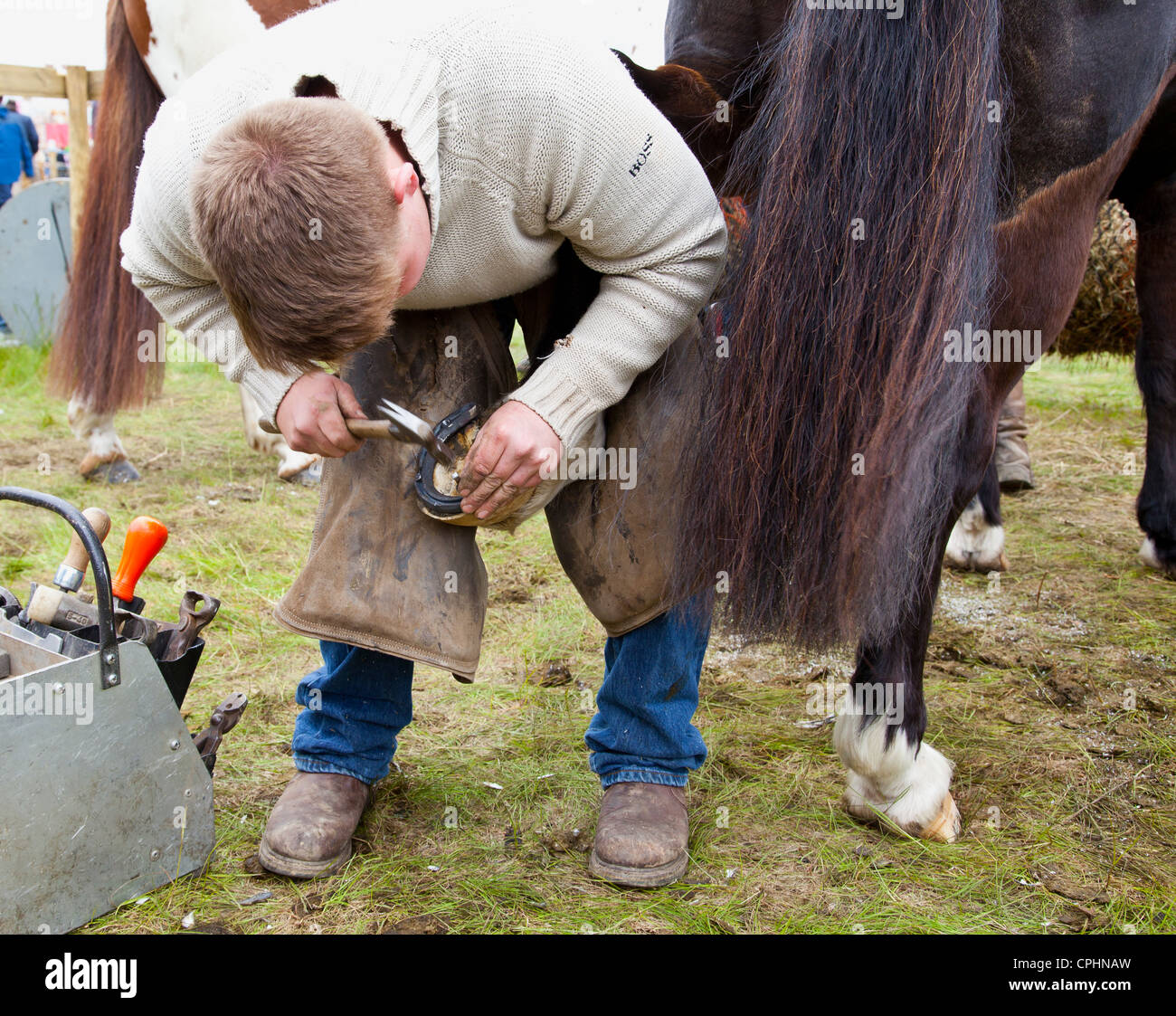
Expert farriers often share valuable horse shoeing tips that can lead to optimal results. Consistency in your approach, continuing education, and a steady hand are all aspects that contribute to a successful shoeing experience for both horse and handler.
If you’re looking to enhance your equine care skills, our blog has a wealth of resources to guide you through various procedures. Before you learn how to put a horseshoe on a horse, it’s important to understand the basics of hoof care, which you can find in our article about how to pick a horse’s hoof. Should you need to replace an old horseshoe, our step-by-step guide on how to pull a horse shoe will come in handy. And to ensure your horse is comfortable during these procedures, knowing how to tie a rope halter on a horse is essential. Explore our articles for comprehensive instructions that will help you care for your horse with confidence.
Frequently Asked Questions About Horseshoeing

Whether you’re new to the world of horseshoeing or looking to expand your knowledge, questions are bound to arise. Addressing these queries can help you better understand the intricacies of horseshoeing and its importance in equine care.



